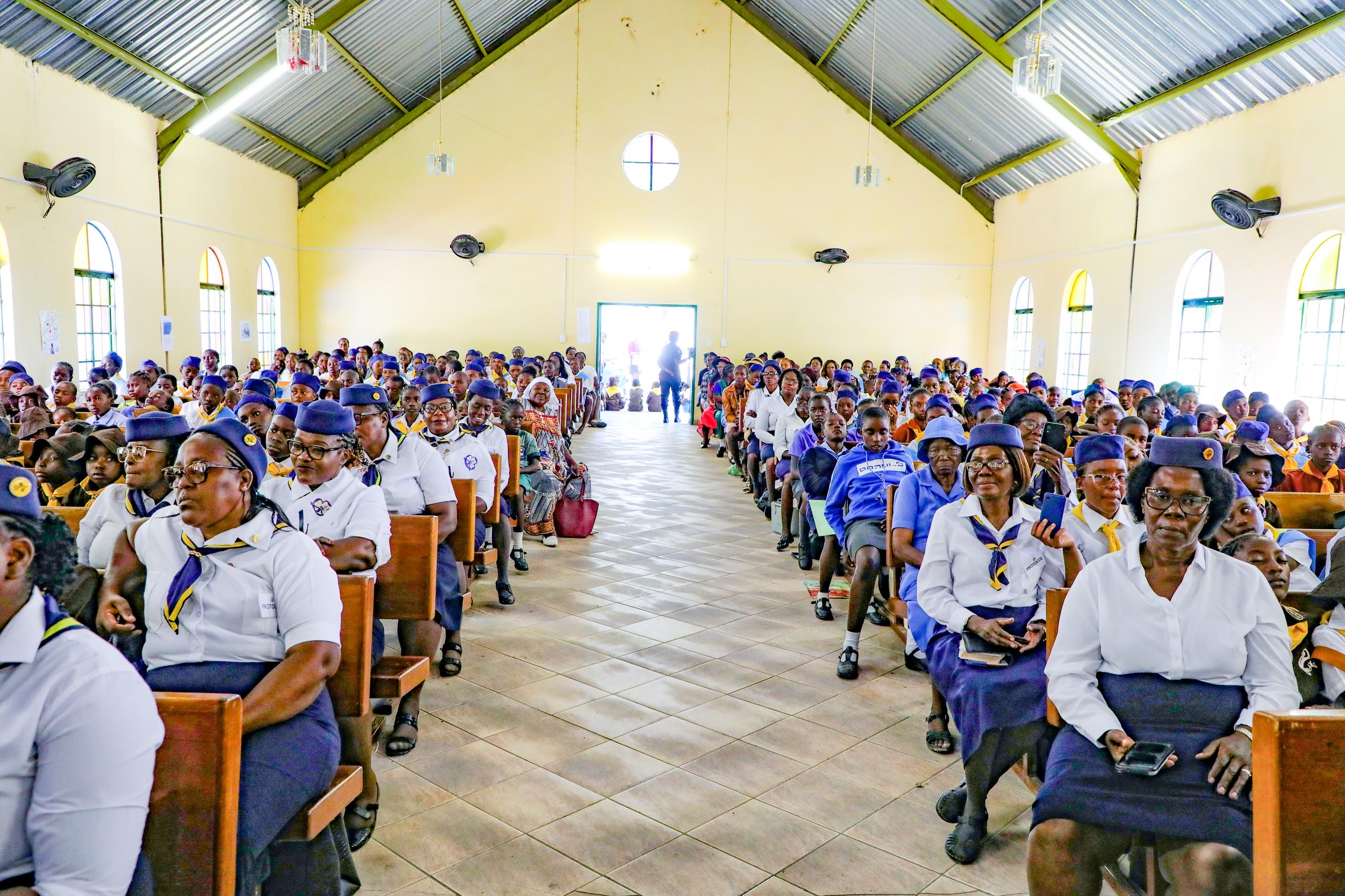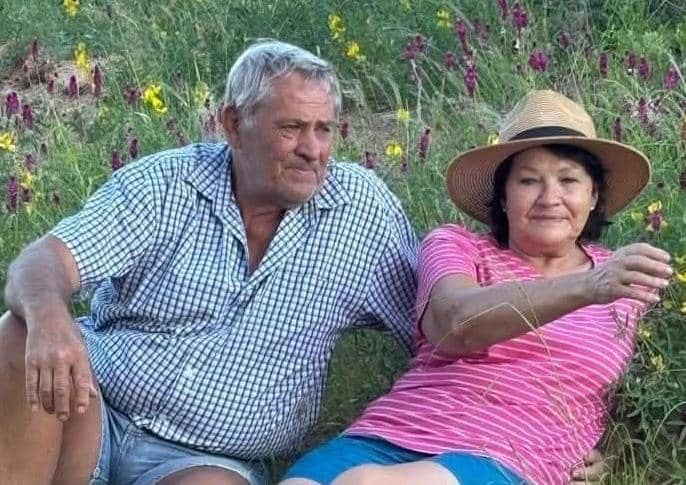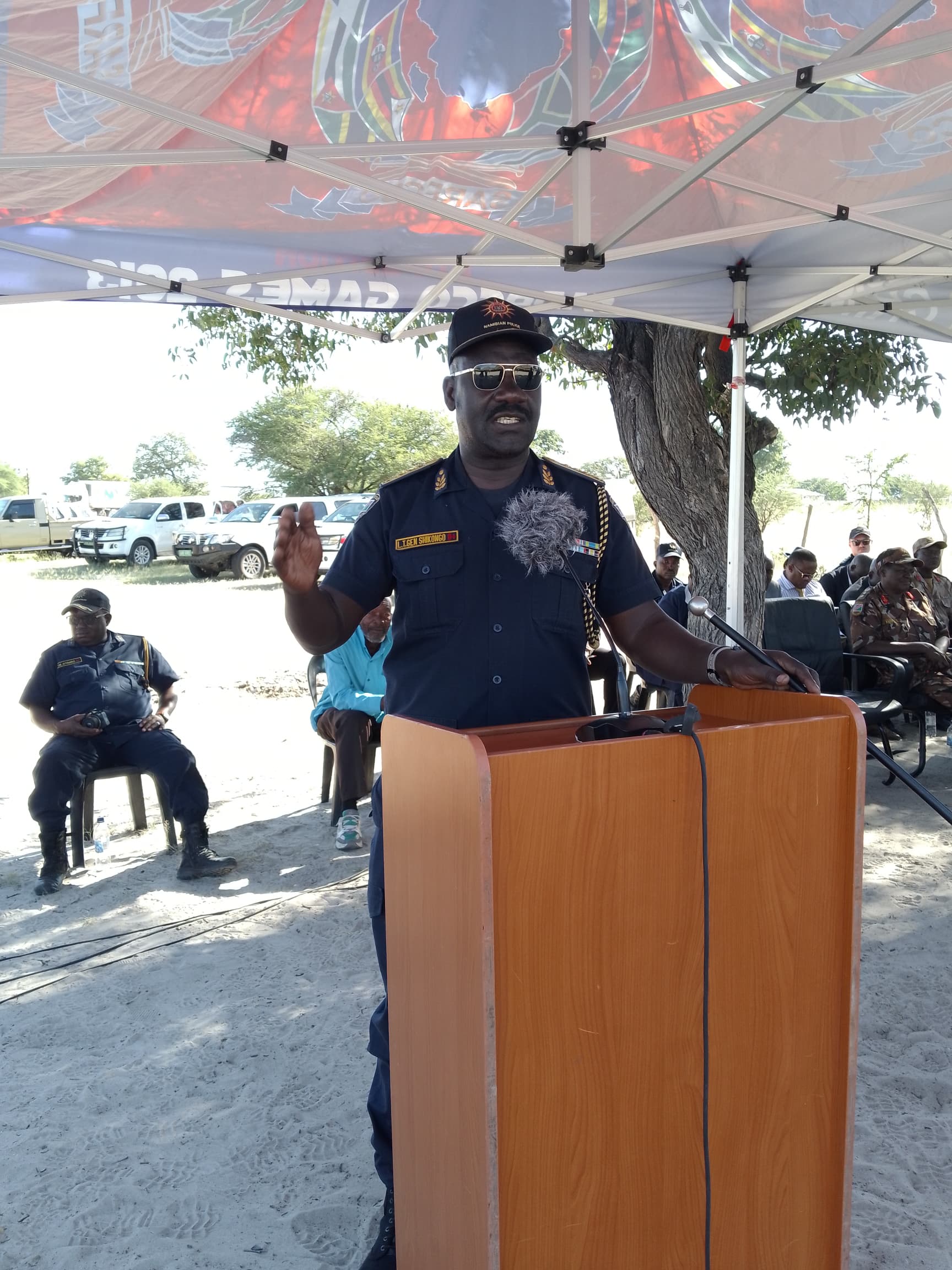ELDERLY Namibians – those between the ages of 60 and 90 – bear the brunt of caring for orphans and vulnerable children in north-central Namibia, a new survey reveals.
Namibia has about 100 000 orphans and vulnerable children under the age of 15 and their numbers will increase to some 251 000 by the year 2021, according to official projections. More than half (56 per cent) of the caregivers in households surveyed were between 60 years and 99 years, while only 21 per cent of the caregivers were aged between 40 and 49 years.”The second largest group (19 per cent) looking after OVCs are in the age bracket of 80 to 89 years, followed by people aged 70 to 79 (18 per cent) and citizens aged 60 to 69 years (17 per cent),” according to the OVC 2006 Baseline Survey Report.Two per cent of the caregivers were even above the age of 90.The findings were discussed during a workshop organised by the Ministry of Gender Equality and Child Welfare and the US-based organisation Project Hope in Windhoek yesterday.The survey was conducted in February and March this year in the Omusati and Oshana regions.About 285 caregivers, orphans and vulnerable children (OVCs) were questioned to assess their needs and concerns, providing a perspective of how families and communities are coping with the demands of growing numbers of orphans.This was done with a view to providing better support services for families and communities caring for 17 752 listed OVCs.The assessment team visited households in Elim, Anamulenge, Ongwediva, Oshakati East and Ondangwa.”The recurrent cost of saving and sustaining the lives of the 210 000 people (in Namibia) already infected and the costs of caring for the estimated 170 000 children already orphaned or made vulnerable by the epidemic will be formidable,” said Gary Newton, Mission Director of USAID in Namibia, told workshop participants.Lack of new data made it difficult to plan ahead and render the necessary services to OVCs, according to Angelika Muharukua, Deputy Minister of Gender Equality and Child Welfare.”The plight of these children should be seen by all as a community issue and not to be left in the hands of the Government or of the few welfare organisations in Namibia,” Muharukua said.”I am however disappointed that so few people attended this important meeting, even from my ministry,” she noted.About 30 participants turned up.The Ministry has established a permanent task force team for orphans and vulnerable children.Good news is that about 80 per cent of children attended school, with a 100 per cent attendance rate recorded for Elim, which also has the highest percentage (89 percent) of orphans in households, followed by Ondangwa and Anamulenge (both 79 per cent), Ongwediva (72 per cent) and Oshakati.About 21 per cent of the surveyed households took in between four and eight OVCs.A few families had even 12 non-biological children in their care.Only three-quarters of the children had birth certificates.Community support of OVCs was generally quite good, including help from neighbours, the survey found.Project Hope, a US humanitarian and development organisation, conducted the survey and it was funded by the US President’s Emergency Plan for AIDS Relief.It is part of a larger programme of US assistance providing about N$35 million this year to assist the Namibian Government and NGOs to render support services to 59 000 orphans and other vulnerable children.Overall funding from the US to Namibia for HIV-AIDS came to N$300 million in 2005 and will be increased to about N$401 million this year and N$480 million in 2007.More than half (56 per cent) of the caregivers in households surveyed were between 60 years and 99 years, while only 21 per cent of the caregivers were aged between 40 and 49 years.”The second largest group (19 per cent) looking after OVCs are in the age bracket of 80 to 89 years, followed by people aged 70 to 79 (18 per cent) and citizens aged 60 to 69 years (17 per cent),” according to the OVC 2006 Baseline Survey Report.Two per cent of the caregivers were even above the age of 90.The findings were discussed during a workshop organised by the Ministry of Gender Equality and Child Welfare and the US-based organisation Project Hope in Windhoek yesterday.The survey was conducted in February and March this year in the Omusati and Oshana regions.About 285 caregivers, orphans and vulnerable children (OVCs) were questioned to assess their needs and concerns, providing a perspective of how families and communities are coping with the demands of growing numbers of orphans.This was done with a view to providing better support services for families and communities caring for 17 752 listed OVCs.The assessment team visited households in Elim, Anamulenge, Ongwediva, Oshakati East and Ondangwa.”The recurrent cost of saving and sustaining the lives of the 210 000 people (in Namibia) already infected and the costs of caring for the estimated 170 000 children already orphaned or made vulnerable by the epidemic will be formidable,” said Gary Newton, Mission Director of USAID in Namibia, told workshop participants.Lack of new data made it difficult to plan ahead and render the necessary services to OVCs, according to Angelika Muharukua, Deputy Minister of Gender Equality and Child Welfare.”The plight of these children should be seen by all as a community issue and not to be left in the hands of the Government or of the few welfare organisations in Namibia,” Muharukua said.”I am however disappointed that so few people attended this important meeting, even from my ministry,” she noted.About 30 participants turned up.The Ministry has established a permanent task force team for orphans and vulnerable children.Good news is that about 80 per cent of children attended school, with a 100 per cent attendance rate recorded for Elim, which also has the highest percentage (89 percent) of orphans in households, followed by Ondangwa and Anamulenge (both 79 per cent), Ongwediva (72 per cent) and Oshakati.About 21 per cent of the surveyed households took in between four and eight OVCs.A few families had even 12 non-biological children in their care.Only three-quarters of the children had birth certificates.Community support of OVCs was generally quite good, including help from neighbours, the survey found.Project Hope, a US humanitarian and development organisation, conducted the survey and it was funded by the US President’s Emergency Plan for AIDS Relief.It is part of a larger programme of US assistance providing about N$35 million this year to assist the Namibian Government and NGOs to render support services to 59 000 orphans and other vulnerable children.Overall funding from the US to Namibia for HIV-AIDS came to N$300 million in 2005 and will be increased to about N$401 million this year and N$480 million in 2007.
Stay informed with The Namibian – your source for credible journalism. Get in-depth reporting and opinions for
only N$85 a month. Invest in journalism, invest in democracy –
Subscribe Now!










